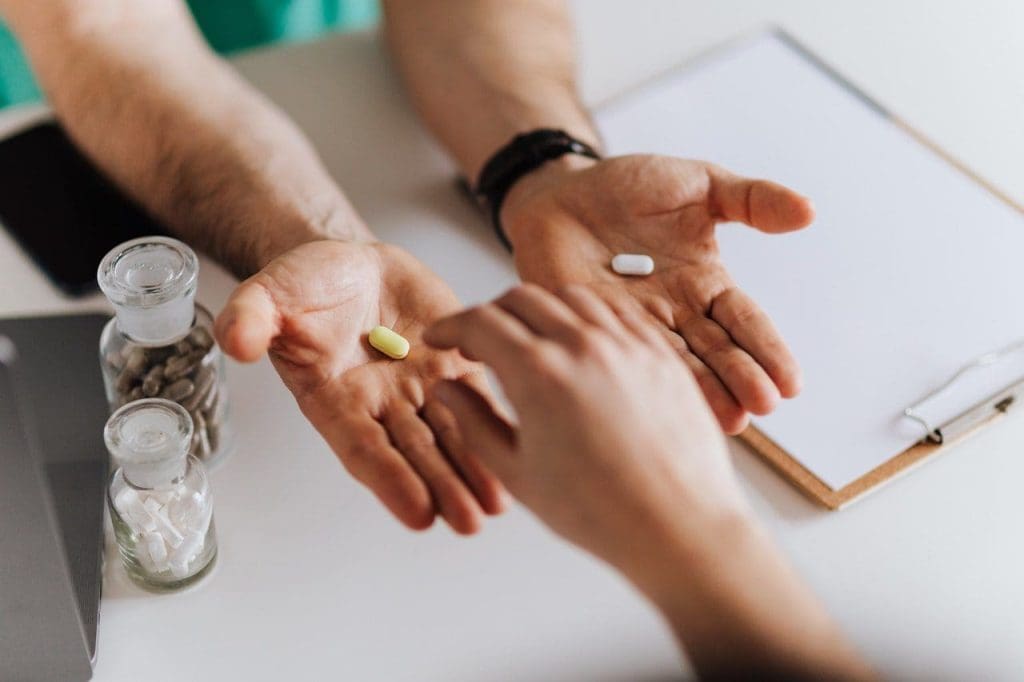Antibiotics are a great and robust defense against bacterial infections. However, this type of drug can sometimes cause some side effects, like liver damage or diarrhea. But don’t be alarmed. On the bright side, there are specific ways you can help restore your gut health.
What Are Antibiotics?
Antibiotics can treat bacterial infections. They do that by stopping or preventing the infection from spreading. There are several types of antibiotics that your body might encounter.
Some antibiotics are considered a broad spectrum. This means that they can act on a wide range of disease-causing bacteria. Meanwhile, other antibiotic types are created to kill a particular species of bacteria.
Antibiotics are vital and effective for treating severe infections. However, as mentioned earlier, they can also come with some side effects that negatively impact your health. For example, excessive use of antibiotics can lead to liver damage.
It is vital to know that antibiotics might also negatively impact trillions of bacteria and other types of microbes living in your intestines. These bacteria are also known as gut flora.
Antibiotics kill disease-causing bacteria. However, this type of drug might also eliminate healthy bacteria. In fact, in some cases, healthy bacteria are missing even 6 months after taking antibiotics.
How Badly Does Antibiotics Damage Your Gut Flora
There are trillions of bacteria living in your guts. That is why it is quite impossible to know the precise composition of your microbiome before you decide to start taking antibiotics or after you finish them. However, modern gut testing can give us some information.
The damage on your gut flora after taking antibiotics might depend on the following:
The Length and Number of Courses
Taking multiple courses of antibiotics can be very damaging. Not only that, but higher doses of antibiotics that are consumed over a long period can have the biggest impact.
Antibiotic Type
If you have an infection, your doctor may prescribe you a broad-spectrum antibiotic. This is usually because your doctor has no idea what type of bacteria is causing your infection (not unless they take a sample and send it to the laboratory to be cultured). Furthermore, taking broad-spectrum antibiotics will most likely work on your infection, but your gut flora will take a harder blow.
Tips To Restore Your Gut Flora
The following are tips to restore your gut flora after taking some antibiotics:
Take Probiotics
Taking some antibiotics can change your gut flora, leading to antibiotic-associated diarrhea. Lucky for you, studies have shown that taking probiotics (during and after treatment) can reduce the risk of you having antibiotic-associated diarrhea.
Probiotics are also known as live healthy bacteria. Since they are a type of bacteria, they can also be eliminated by antibiotics if you take them both together. Hence, it is recommended to consume antibiotics and probiotics a couple of hours apart.
It is best to take probiotics after a course of antibiotics. This helps restore some of the healthy bacteria found in your intestines that might have been eliminated or killed by the antibiotics. Moreover, if you plan to take probiotics, it is best to take one with a mixture of different species.
Eat Fermented Foods
Particular foods can help restore your gut flora after the damage caused by taking antibiotics. These types of foods are fermented foods.
Fermented foods are created or produced by microbes and include cheese, yogurt, sauerkraut, kimchi, and kombucha. They are loaded with many healthy bacterial species, like Lactobacilli, which can help restore microbiota to its healthy state after antibiotics consumption.
According to studies, people who eat fermented milk or yogurt have many Lactobacilli located in their intestines. Not only that, but they also tend to have a lower amount of disease-causing bacteria, like Bilophila Wadsworth.
Fermented soybean milk and kimchi have the same advantageous effects. It can also help in cultivating healthy bacteria in your gut. This includes Bifidobacteria.
Eat Foods That Are High In Fiber
It is vital to know that fiber can’t be digested by your body. However, it can be digested by your gut bacteria. This can even help stimulate the gut bacteria’s growth.
The following are some high-fiber foods:
- Whole grain
- Seeds
- Lentils
- Beans
- Nuts
- Broccoli
- Berries
- Bananas
- Artichokes
- Peas
Eating foods that are high in fiber can help also reduce the growth of some harmful bacteria. However, it would help if you kept in mind that dietary fiber can slow the rate at which your stomach empties. This can result in slower absorption of the medicine. Hence, it is recommended to avoid high-fiber foods during antibiotic treatments. Instead, what you should do is to consume them after you are already done with your antibiotics.
To Wrap It Up
Antibiotics help eliminate disease-causing bacteria. However, they might also kill the good bacteria living in your system. Hence, it is best to do ways that can help restore your gut flora after taking antibiotics to keep yourself healthy.
The New Jersey Digest is a new jersey magazine that has chronicled daily life in the Garden State for over 10 years.
- Staffhttps://thedigestonline.com/author/thedigeststaff/
- Staffhttps://thedigestonline.com/author/thedigeststaff/
- Staffhttps://thedigestonline.com/author/thedigeststaff/
- Staffhttps://thedigestonline.com/author/thedigeststaff/


